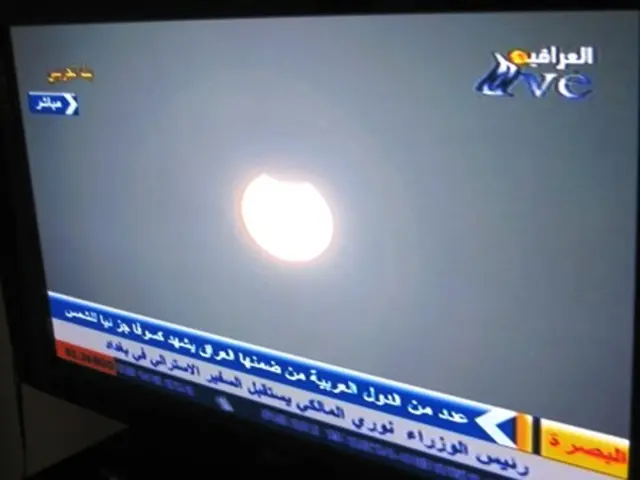Assessing Highlights and Lowlights of The French Dispatch: A Fair Evaluation
Wes Anderson's latest film, The French Dispatch, is a visual masterpiece that showcases the director's signature aesthetic. The film is renowned for its meticulously crafted compositions, highly detailed sets, and an abundance of graphic design elements[1][5]. This visual flair extends to a carefully curated soundtrack and music video, underscoring Anderson's ambition and attention to detail[1].
However, The French Dispatch is not just a feast for the eyes. It is also a narratively ambitious film, employing an anthology or vignette structure that follows multiple stories within a fictional newspaper[2]. This complexity has been noted as both a strength for its ambition and a challenge for viewers, as the dense, multi-layered storytelling can sometimes feel labyrinthine[2].
The film's ensemble cast portrays various contributors to the fictional newspaper, each representing distinct artistic or journalistic archetypes that fit within the film's homage to magazine culture[1][4]. While the characters are unique and well-defined, some critics suggest that the film may feed more on Anderson's stylistic indulgences than on fully developed characters, potentially limiting emotional engagement with them[4].
In terms of pacing, the film's highly detailed and ornamental style contributes to a deliberate, sometimes slow rhythm. The pacing reflects Anderson's meticulous formal approach but may feel subdued or uneven, particularly as the musical score by Alexandre Desplat is described as more restrained than in his previous Anderson collaborations, somewhat mismatched to the intensity of the visuals[3]. This can affect the film's momentum and viewer engagement.
Despite these potential weaknesses, the film's idiosyncrasies can be seen as part of Anderson's unique charm, inviting audiences to embrace the film's visual and narrative complexities. The French Dispatch is a film that rewards patience and repeated viewings, offering a visual experience that is both enchanting and thought-provoking, serving as a celebration of artistic brilliance.
Strengths and Weaknesses
| Aspect | Strengths | Weaknesses | |---------------------|--------------------------------------------------|----------------------------------------------| | Visual Mastery | Meticulous compositions, rich detail, stylized sets, graphic design, ambitious art direction | Overly precious or ornate to some audiences | | Narrative Complexity | Ambitious, multi-story, layered homage to journalism | Can be maze-like, potentially confusing | | Character Depth | Ensemble cast portrays journalistic/artistic archetypes | Possibly limited emotional depth, indulgent | | Pacing | Deliberate, reflective of visual style | Subdued, uneven, musical score feels restrained |
In essence, The French Dispatch excels as a visually rich and narratively ambitious film that pays tribute to journalism and art but may challenge some viewers with its complex storytelling, character development, and pacing choices[1][2][3][4][5].
Read also:
- "Primal instincts at play: Subnautica 2 designer notes our affinity for weapon-making stems from a fundamental desire for protection and sustenance"
- Dragon Age series might find a promising future with remasters, according to ex-BioWare producer Mark Darrah, but it seems unlikely that EA and BioWare possess the capability for such undertakings at present.
- In Verdansk, the dominance of automated systems in Warzone is causing an integration with Stalker, leading to a blurring of lines in the user's mind.
- Despite the significant success of Clair Obscur: Expedition 33, its director asserts that traditional prejudice towards turn-based RPGs persists, with real-time action games generally receiving smoother acceptance.








